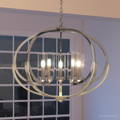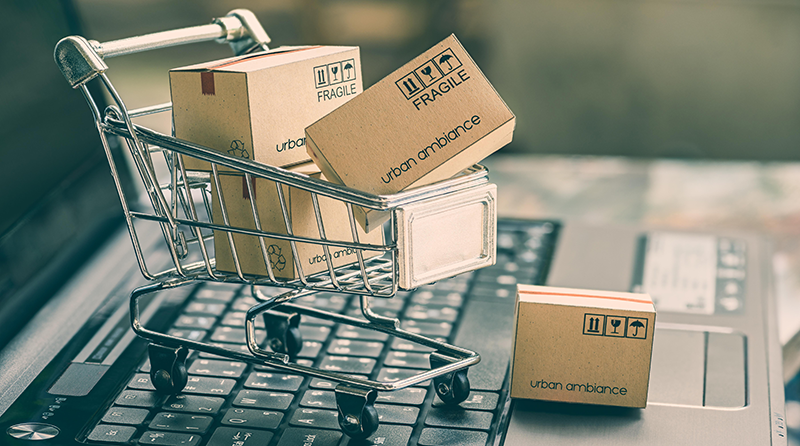The Mediterranean Design Style
Drawing inspiration from the countries bordering the Mediterranean Sea, notably Spain, Greece, and Italy, the Mediterranean design style is characterized by its warmth, earthiness, and casual elegance. It evokes feelings of a sun-drenched coastline, lush landscapes, and a rich historical tapestry. In residential interiors, this style is marked by textured walls, often in earthy tones or white, reminiscent of the plastered homes of the Mediterranean region. Terracotta tiles, rustic wooden beams, and wrought iron details are iconic features. Spaces are adorned with colorful tiles, often with intricate patterns, adding vibrancy and character.
Windows are typically large, promoting natural light, and are often dressed with simple shutters or flowing curtains. Decorative elements like pottery, ceramics, and lush green plants further emphasize the connection to the region's natural beauty and artisanal history.
Overall, the Mediterranean design style offers a serene and inviting ambiance, rich in history, texture, and sun-kissed warmth.

Mediterranean Style Architecture
This style is known for its low-pitched red tile roofs, stucco walls, and archways. Homes often have a robust, earthy appearance, with courtyards and balconies that invite outdoor living. Thick walls are typical, keeping interiors cool during hot summers. Ornamental details, from wrought iron to intricate tile work, decorate surfaces, while tall, narrow windows and rustic wooden doors further accentuate the style's distinct character.
Low-pitched red tile roofs are iconic, capturing the sun-soaked aesthetic.
Stucco walls, often in white or earthy tones, provide a rustic charm.
Archways and columns are recurring architectural elements, echoing classical influences.
Thick walls are designed for thermal regulation, suited to warm climates.
Courtyards and balconies promote outdoor living, blurring the lines between interior and exterior spaces.

Mediterranean Style Materials
Terracotta, widely used for roof tiles and flooring, imparts a warm, earthy feel. Rough-hewn wood, especially for ceiling beams and furniture, adds rustic charm. Stucco and plaster are primary materials for walls, creating textured, sun-baked surfaces. Natural stone, both in tiles and larger blocks, is prevalent, often used for floors, walls, and decorative accents. Additionally, wrought iron is employed for railings, light fixtures, and ornamental details, lending an artisanal touch.
Terracotta is quintessential, used in tiles for roofs and floors.
Rough-hewn wood introduces rusticity, especially in beams and furnishings.
Stucco and plaster dominate wall surfaces, offering texture and warmth.
Natural stone, in various forms, adds depth and timelessness to spaces.
Wrought iron details, both functional and decorative, showcase craftsmanship and tradition.

Mediterranean Style Colors and Finishes
Earthy tones like terracotta, beige, and olive green capture the warmth of the sun and soil. Bright whites evoke whitewashed buildings, while blues and turquoises mirror the Mediterranean Sea. Finishes tend to be matte and textured, exuding an aged, sun-baked quality. Rustic patinas on furniture, distressed wood, and tumbled stone surfaces further enhance the time-worn aesthetic. Decorative tiles might introduce more vibrant colors, adding layers of depth and cultural richness.
Earthy tones, including terracotta and olive, dominate the color palette.
Bright whites and cool blues reflect the coastal influences of the region.
Matte and textured finishes evoke a rustic, aged appearance.
Distressed wood and rustic patinas on furniture enhance the time-worn feel.
Vibrant colors from decorative tiles introduce depth and cultural resonance.

Mediterranean Style Furniture and Decor
Low-slung sofas, heavy wooden tables, and ornate chairs crafted from sturdy woods with intricate carvings and a time-worn finish. Upholstery features warm tones or coastal blues and greens, often adorned with traditional motifs. Decorative elements include ceramic vases, colorful tiles, wrought iron wall hangings, and lush, potted plants. Textiles like rugs, tapestries, and throw pillows, often handmade, incorporate patterns inspired by regional artistry.
Heavy wooden furniture with intricate carvings is a staple, exuding rustic charm.
Upholstery and textiles often draw from warm and coastal hues with traditional motifs.
Decorative tiles and ceramics, rich in color and pattern, celebrate regional craftsmanship.
Wrought iron elements, from furniture accents to wall decor, add an artisanal touch.
Lush, potted plants and greenery evoke the Mediterranean's natural landscape and vibrancy.

Mediterranean Style Lighting
Wrought iron chandeliers, lanterns, and sconces are prevalent, showcasing intricate designs and artisanal craftsmanship. These fixtures often house warm-toned bulbs or candles, casting a soft, golden glow. Ceramic or glass lamp bases, hand-painted with regional motifs, add another layer of authenticity. Outside, hanging lanterns or ground-level lighting accentuates courtyards and patios, reminiscent of cozy Mediterranean evenings.
Wrought iron chandeliers and sconces dominate, featuring ornate and artisanal designs.
Warm-toned lighting creates a soft, ambient glow, enhancing the cozy ambiance.
Hand-painted ceramic or glass lamps reflect regional artistry and tradition.
Candles, whether standalone or within fixtures, evoke historic charm and warmth.
Outdoor lighting, especially lanterns, highlights the importance of exterior living spaces.
